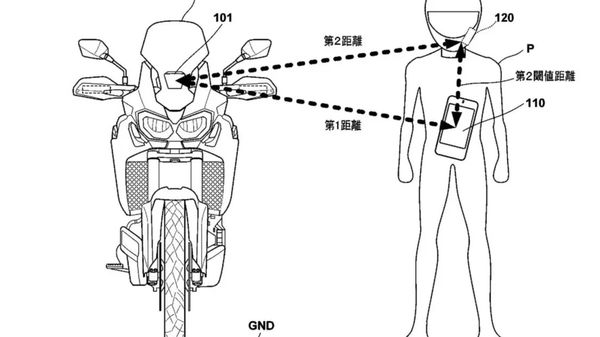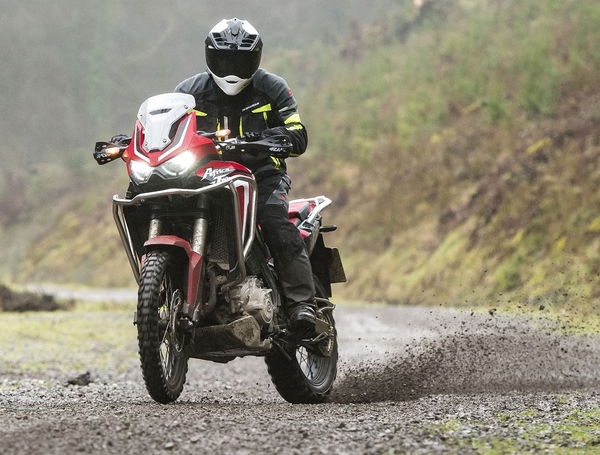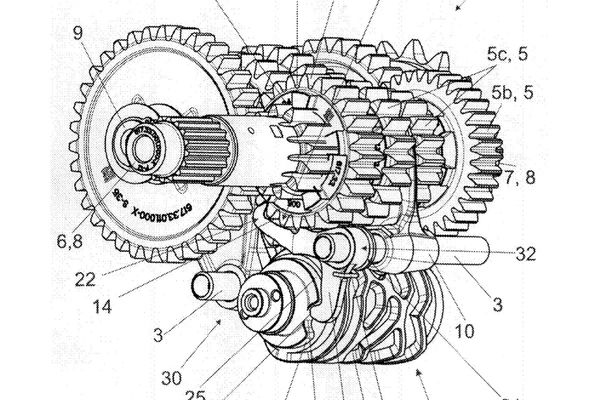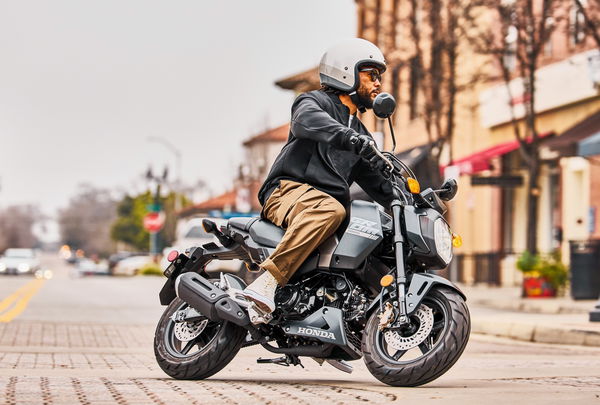Honda Patents Smart Crash Detection System
The Honda crash detection system used the bike’s ECU and the riders phone and Bluetooth headset to ‘detect’ serious injury

HONDA has recently filed a patent for a new type of crash detection system. The design not only alerts if a crash occurs but also detects the movement of the rider to decipher if they are unconscious or not.
Crash alerts for motorcycle riders are not a new thing, and a number of on and off-bike systems have been around for some time, although until now, these have simply notified organisations that an accident has taken place. While this is a decent first line of assistance for a rider, it is a one-size-fits-all approach to the technology. Honda seems to have come up with an answer to that, as this new patent explains.

If this goes wrong, this system could help
Honda crash detection system with rider movement sensors
The Honda system uses the bike’s IMU and sensor array and the rider’s smartphone to detect when a crash has taken place. It then combines this with data from the rider’s Bluetooth headset (should they be wearing one) to diagnose if help is required and make the appropriate call. While the conventional tilt sensors on the bike can tell if the bike is lying on its side, a call for an ambulance isn’t required if they have dropped the bike on their drive while turning the machine around pre-ride.
Together with accelerometers within the bike, the rider’s helmet-mounted Bluetooth headset the system detects if the rider is lying motionless on the ground, or (as is often the case) hopping about the place swearing into their lid as their pride and joy lies on the floor. If the latter is the case, the system bypasses the outbound call to the authorities, saving the rider the indignity of having to explain to the call handler that they are fine and just checking how clean their undertray is…
While the system does indeed look handy for riders, getting accurate information on a casualty to the emergency services early is key, it does beg the question as to if it will still work when a Bluetooth headset isn’t present. Could the system then just rely on data from the smartphone to help understand the condition of the rider?












